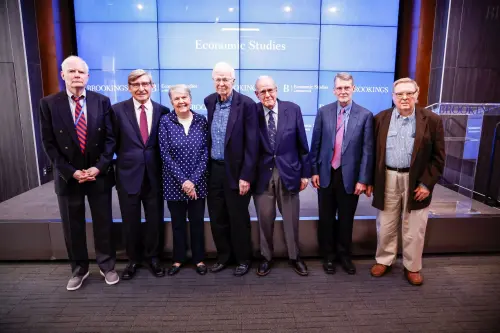ABSTRACT
A large literature documents a substantial rise in U.S. wage inequality and educational wage differentials over the past several decades and finds that these trends can be primarily accounted for by shifts in the supply of and demand for skills reinforced by the erosion of labor market institutions affecting the wages of low- and middle-wage workers.
Drawing on an additional decade of data, a number of recent contributions reject this consensus to conclude that (1) the rise in wage inequality was an “episodic” event of the first-half of the 1980s rather than a “secular” phenomenon, (2) this rise was largely caused by a falling minimum wage rather than by supply and demand factors; and (3) rising residual wage inequality since the mid-1980s is explained by confounding effects of labor force composition rather than true increases in inequality within detailed demographic groups.
We reexamine these claims using detailed data from the Current Population Survey and find only limited support. Although the growth of overall inequality in the U.S. slowed in the 1990s, upper tail inequality rose almost as rapidly during the 1990s as during the 1980s. A decomposition applied to the CPS data reveals large and persistent rise in within-group earnings inequality over the past several decades, controlling for changes in labor force composition. While changes in the minimum wage can potentially account for much of the movement in lower tail earnings inequality, strong time series correlations of the evolution of the real minimum wage and upper tail wage inequality raise questions concerning the causal interpretation of such relationships. We also find that changes in the college/high school wage premium appear to be well captured by standard models emphasizing rapid secular growth in the relative demand for skills and fluctuations in the rate of growth of the relative supply of college workers – though these models do not accurately predict the slowdown in the growth of the college/high-school gap during the 1990s.
We conclude that these patterns are not adequately explained by either a ‘unicausal’ skill-biased technical change explanation or a revisionist hypothesis focused primarily on minimum wages and mechanical labor force compositional effects. We speculate that these puzzles can be partially reconciled by a modified version of the skill-biased technical change hypothesis that generates a polarization of skill demands.



